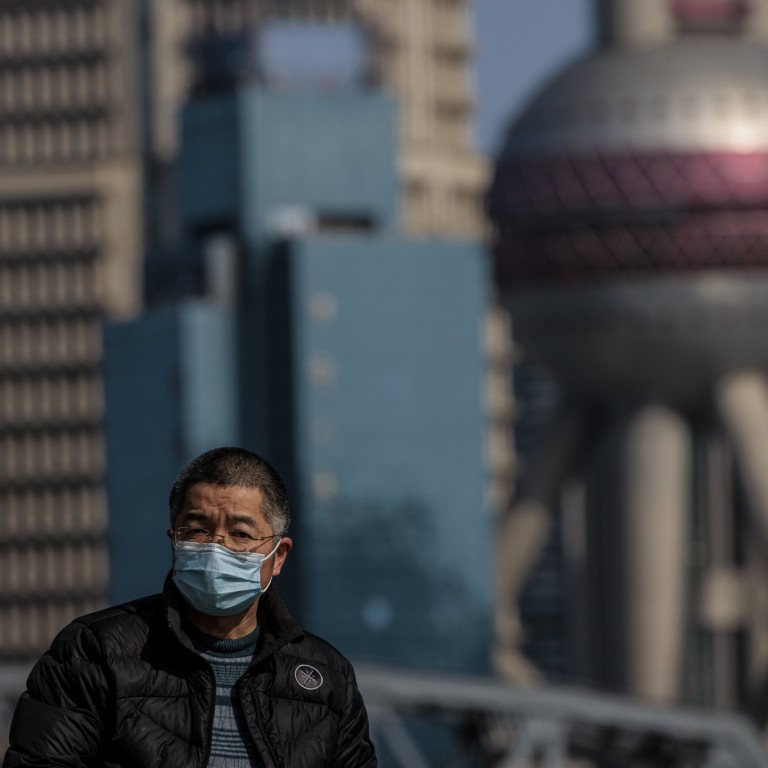
Outlook for emerging markets rests on China’s ability to get a grip on Covid-19
- Unsurprisingly, China’s Omicron wave has cut growth, dragging down emerging market stock values
- Valuations, however, are a reflection of recent challenges rather than a sign of things to come, as China looks to ease monetary policy and step up its vaccination drive
Over the first four months of 2022, we have witnessed synchronised global monetary policy tightening, the start of the Russia-Ukraine conflict and a new Omicron wave in China, all of which have posed challenges to emerging market equities.
As a result, the MSCI Emerging Markets index fell by more than 12 per cent during this period. Much of the weakness was due to expectations of slower global growth as well as higher interest rates. A stronger US dollar amid an increasingly hawkish Federal Reserve also creates headwinds.
The latest Omicron wave poses significant challenges to the Chinese economy, with lockdown measures weighing on production as well as consumption.
Covid-19 policy will be key to China’s growth outlook. With China expected to maintain its zero-Covid policy in the near term, there is a risk of further lockdowns even after the current wave subsides, given Omicron’s high transmissibility.

Higher vaccination rates and mass domestic production of antiviral pills are needed before Beijing could look to ease policies. China still lags behind in the vaccination of those aged 60 and above. As of April 28, 60 per cent of China’s elderly had received a booster shot, compared to 80-90 per cent in developed market economies such as the UK and Canada.
Furthermore, China’s property sector continued to weaken in March. High-frequency indicators, especially home sales volume, suggest that property-sector activities remained depressed in April. Thus, the risk of a more persistent property market downturn is rising. Falling new home prices may cause prospective buyers to wait, further depressing sales.
Other emerging Asian economies, including Taiwan, South Korea and India, which together account for 40 per cent of the MSCI Emerging Markets index, also face challenges.
South Korea and Taiwan are export-oriented and therefore more vulnerable to slowing global growth expectations, changes in consumer demand from goods to services, and supply-chain disruptions. Meanwhile, India, as a large net importer of energy, continues to struggle with high energy prices.
However, many of these challenges are already reflected in the markets. Thus, global growth may well remain around historical averages, with fears of an imminent recession fading, which could boost export-heavy economies.
Energy prices are likely to remain high, but they will not surge as dramatically as during the past quarter. Cheaper valuations should also be supportive of emerging market equities, which are currently underinvested globally.
China to end tech clampdown as economy slows: sources
Infrastructure investment was mentioned as a key growth lever, which should enjoy stronger fiscal support this year.
While the Politburo reiterated the principle of “housing is for living, not for speculation”, it encouraged local governments to adjust their property policies based on the situation on the ground. Moreover, there are positive signals on the tech regulation front with the Politburo pledging support for healthy development of the platform economy.
As we approach midyear, further policy stimulus should be expected from China, combined with evidence of a successful vaccine booster programme, which should pave the way to ease Covid-19 restrictions.
Equally, sustained demand for goods and the prevention of a further deterioration in supply chains could help support other key emerging markets in Asia. Hence, the outlook for emerging markets is set to become more favourable.
Sylvia Sheng is a global multi-asset strategist at JP Morgan Asset Management


